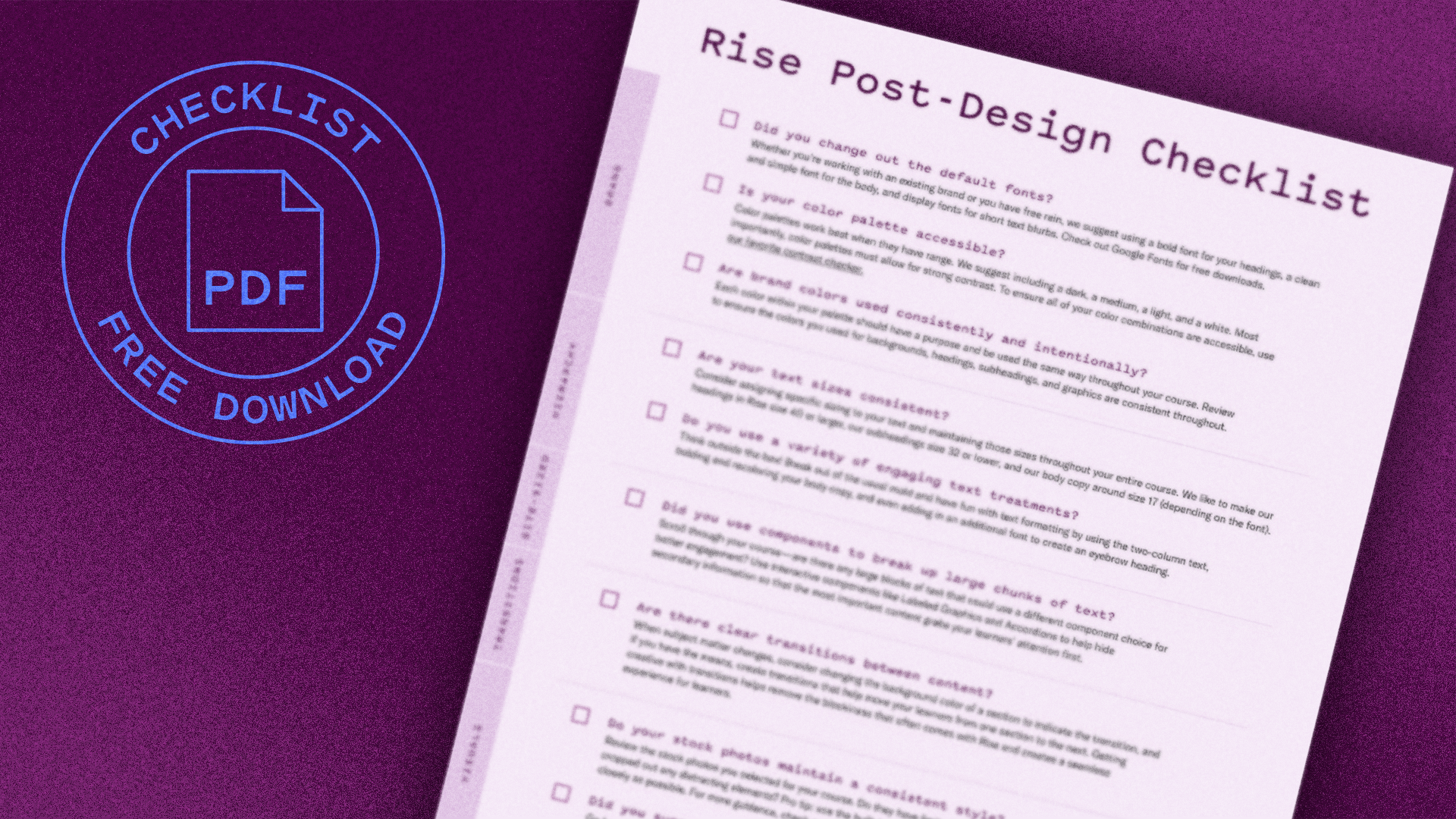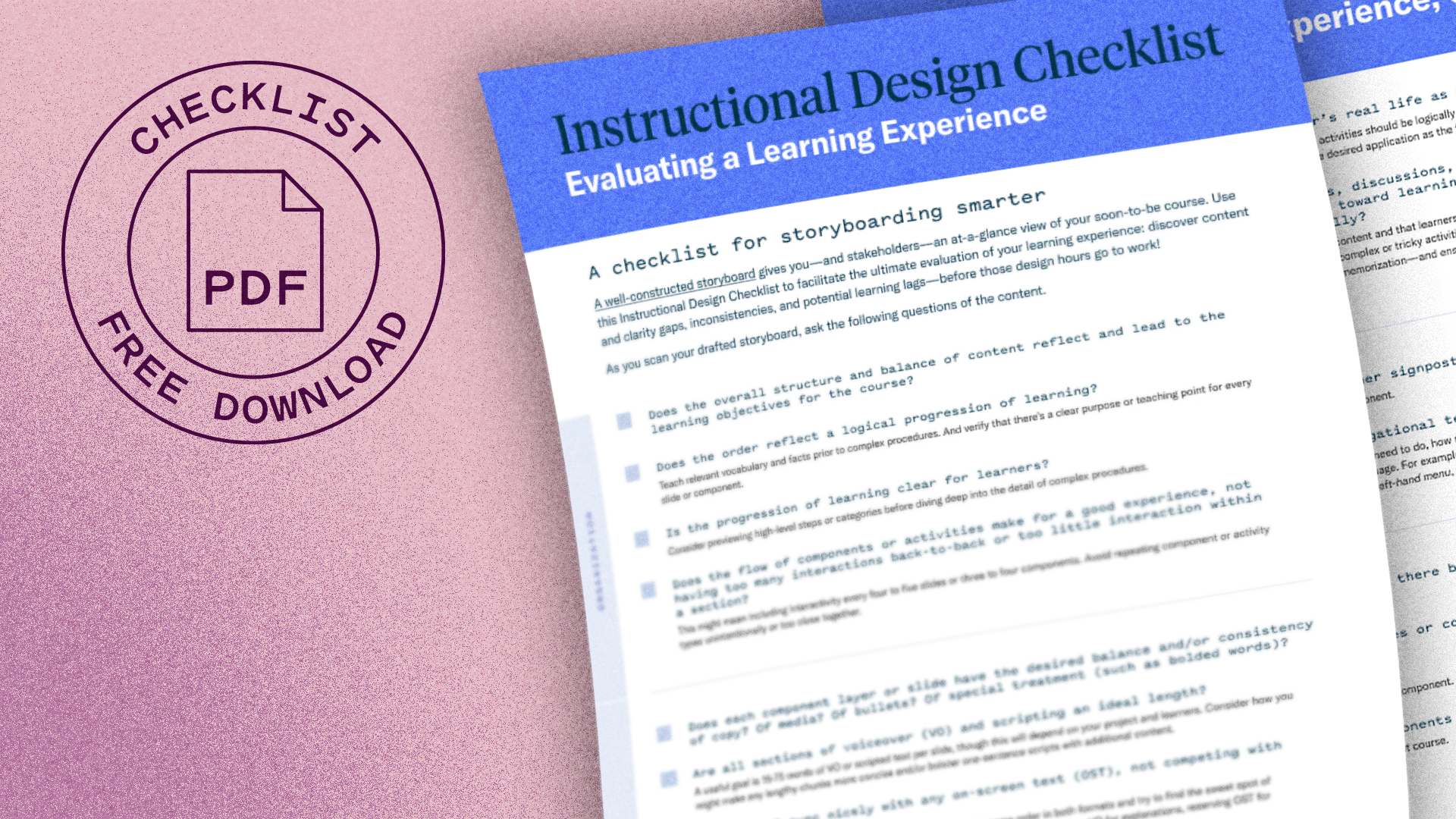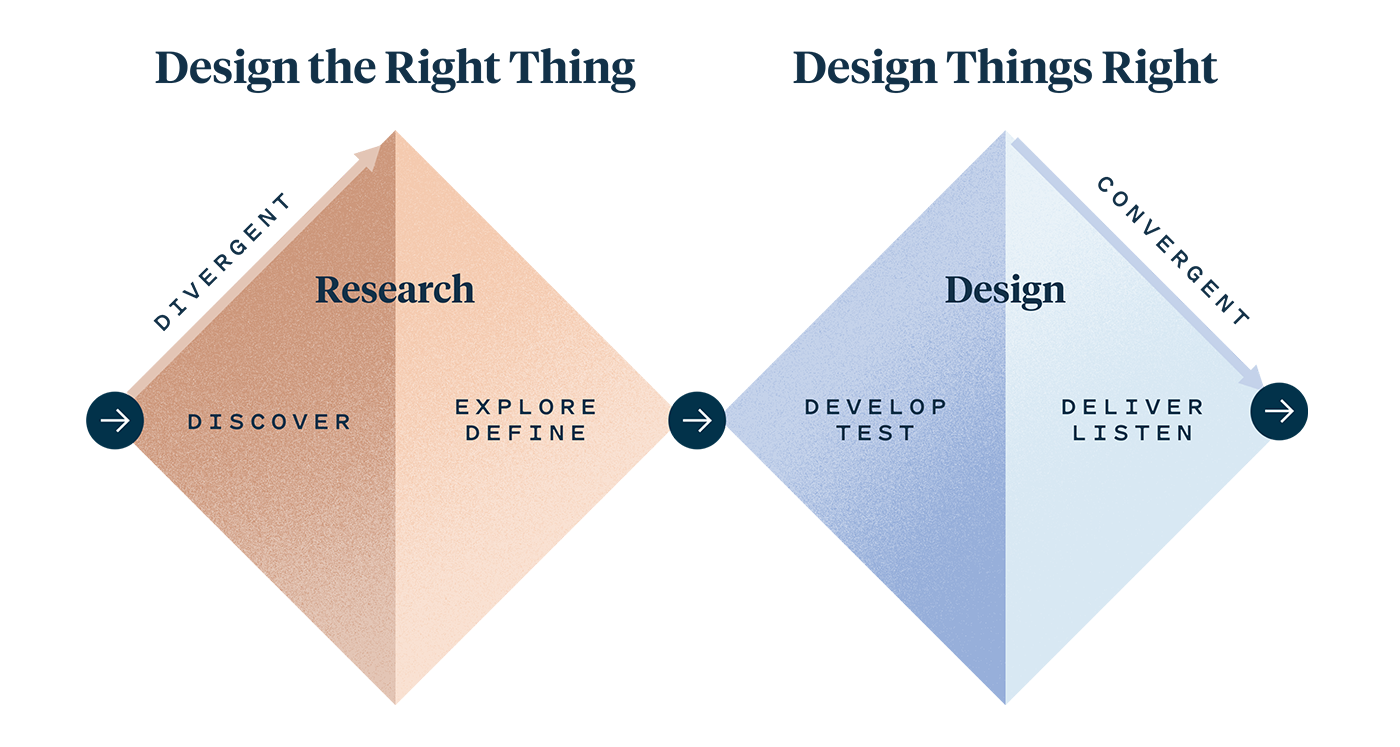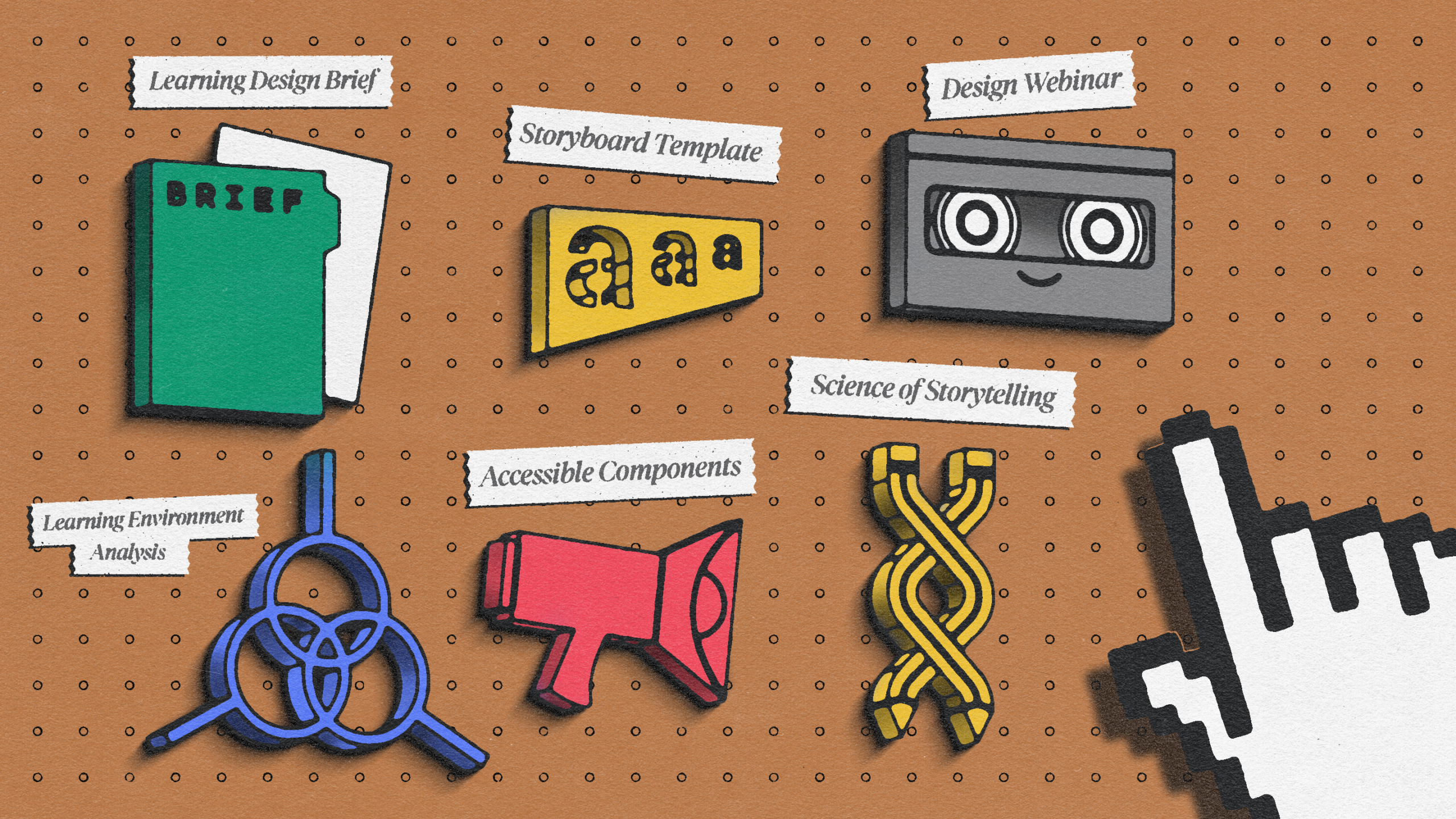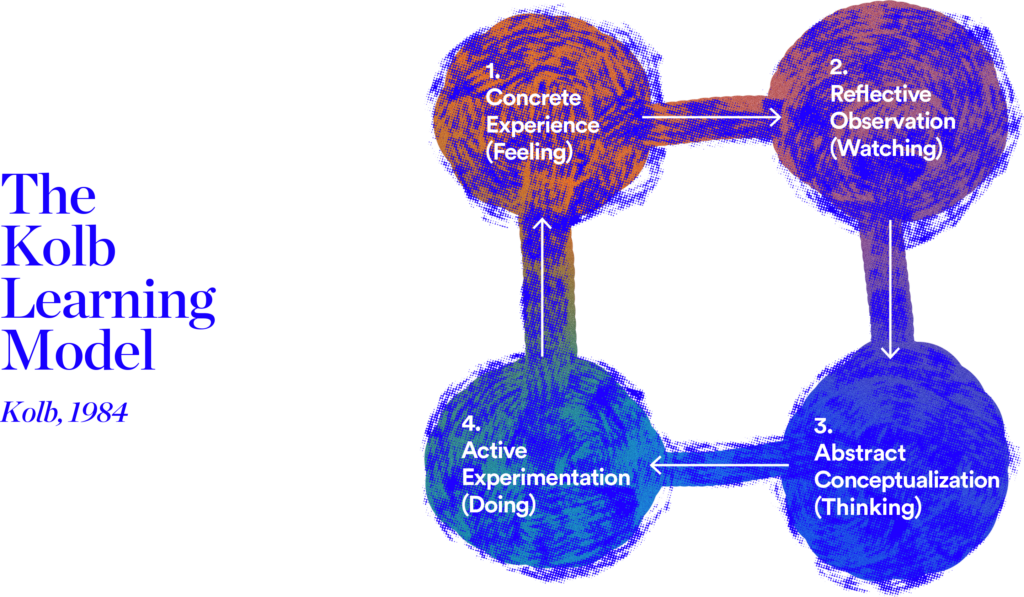At Maestro, we know that learning is a process—a one-and-done approach simply doesn’t work for most learners and most content. In fact, we’re so certain that learning is a process that we’ve made it a foundational Maestro Learning Principle (LP.02). We also know that designing learning as a process can be daunting—but it doesn’t have to be. Using the Tell, Show, Do, Review framework provides a convenient blueprint to architect effective learning experiences that are modeled after the way learners actually learn.
What is Tell Show Do Review?
Tell, Show, Do, Review is a method that incorporates a variety of modalities to create effective, engaging learning experiences that mirrors the way learners learn. As a learning professional, this structure can be a helpful tool in your toolbox. But before you can use this framework, you need to understand it. Here are the four phases.
Tell
The first step is to tell learners what they need to know and why it’s important. As a learning professional, “telling” manifests as instructing, lecturing, or otherwise explaining a lesson for learners.
Examples of Tell learning experiences:
- Book
- Article
- Infographic
- Job aid
- Lecture
- Static eLearning course
While these experiences all provide value and can be useful instructional tools, they are unlikely to create lasting, meaningful change on their own.
Simplify your learning-design process
Download our free, customizable template and learn how to plan and execute learning experiences that create behavior change. As you begin planning your next learning project, consider the prompts on each slide as you fill in your responses. When you’re done, you’ll have a thorough and thoughtful brief to set your training and development programs up for success.
Get the free template→Show
The second step is to show learners how to practically apply their learning. In this phase, learning professionals can make the abstract or conceptual ideas from the Tell phase more concrete, putting those ideas in context, which can help learners better understand them. This is where learners observe the learning in action—where behaviors are modeled and skills are demonstrated, not just explained.
Examples of Show learning experiences:
- Demonstration
- Instructional how-to video
- Job shadowing
Showing a learner how a task is done can be extremely helpful, but to really absorb and internalize the material, learners typically need to practice the skills themselves as well.
Do
The third step in this framework is to have learners do the task themselves. This can be practicing a skill, performing a behavior, or applying new knowledge in a real-life scenario. The Do stage grants learners the opportunity to practice what they’ve learned in a safe, controlled environment where they can fail with little to no repercussions. Consider this the rehearsal stage before they showcase their new skills and apply them in the real world.
Examples of Do learning experiences:
- Simulation
- Role play exercise
- Scenario
While it’s critical that learners have an opportunity to test their new skills, it’s equally important to include a review stage after they practice what they’ve learned so they can make necessary adjustments and continue to improve.
Review
The fourth step in the Tell, Show, Do, Review framework is to provide feedback to learners about their performance so they can continue to hone their skills—moving from occasionally getting it right to always getting it right. As a learning professional, this is where you can help your learners assess their progress and explore ways in which they can continue to improve.
Examples of Review learning experiences:
- Self-reflection
- Coaching
- Providing feedback (written or oral)
This step helps learners embrace and embody what they’ve learned so they can more competently and confidently apply their learning in their everyday lives.
Can you skip the do or review stage?
Many basic learning formats utilize the Tell and/or Show phases without incorporating the Do or Review steps. In Tell and Show learning experiences, like YouTube tutorials, the learner occupies the role of passive observer with often little to no instructor interaction. While there can be some powerful Tell and Show learning experiences, research suggests that letting learners practice and review the learning material is pivotal for creating lasting behavioral change. Why? Because adults learn by doing. It’s one of the core principles of Knowles’ five assumptions of learners.
Without a Do or Review stage, learners might think they’ve grasped the content when they actually haven’t. This phenomenon is called the illusion of explanatory depth, which occurs when people feel they understand a complex topic or concept better than they actually do. It’s only when learners put their learning into practice that they realize they comprehend less than they thought they did.
Incorporating the Do and Review stages into your learning experience doesn’t just help learners better understand the material—it can also help reduce their cognitive load by offering them multiple ways of engaging with and processing the information. And, by giving learners opportunities to practice and fail in a safe environment, they’re more likely to retain the material.
Because each step of the Tell, Show, Do, Review framework works in tandem with the other steps, they function best when used together. In many cases, the Tell, Show, Do, Review method may work as a repeating cycle, as learners continue building on their knowledge and practicing new skills—restarting from the beginning and repeating the process until they’ve successfully mastered the content.
Why Tell Show Do Review works
The Tell, Show, Do, Review method works because it follows the process of learning. Rarely can someone master a new behavior or skill by taking one eLearning course or watching one YouTube video. Learning is a process, and the Tell, Show, Do, Review technique honors that. It also lends itself perfectly to the principles of adult learning theory. By crafting your learning to match the way people actually learn, you’re much more likely to create effective, successful learning experiences.
For example, let’s say you want to repair a broken bicycle, but you have little background in bicycle repair. First, you might search for a video online that walks you through the process step-by-step (Tell and Show). Then, you might try to perform these steps yourself (Do). After you complete the steps, you would most likely ride the bicycle to ensure it’s back in working order (Review). If something still feels off—maybe the front wheel is wobbly or the handbrake isn’t quite working—you would return to the previous stages to refresh your knowledge and try again.
While simple, this example isn’t the exception—it’s the rule. Learning any new skill or behavior is a multi-step process that takes time and practice, and the Tell, Show, Do, Review method facilitates that process. Although going through this learning cycle once certainly doesn’t mean you know all there is to know about bicycle repair, it does mean that the next time something comes up, you can follow a similar process, lean on your previous experience, and troubleshoot more easily.
Designing effective learning
When drafting a new course or designing a learning experience, it can be difficult to know where to start, how to structure your content, or which modalities will work best. This is where the Tell, Show, Do, Review method can help.
This framework can also help learners transition from accomplishing basic objectives to more advanced outcomes, building on their skill level and knowledge and setting them up for long-term success and meaningful behavior change. By scaffolding and layering content in different formats, utilizing tight loops of learning to reinforce key concepts, and incorporating opportunities for application and reflection, the Tell, Show, Do, Review method provides a convenient, ready-made structure for learning that’s designed to be effective.
Think of Tell, Show, Do, Review as your universal blueprint—by using it to guide you in your design, you can stop stressing about the project as a whole and start focusing on crafting innovative, intentional learning experiences one step at a time.


